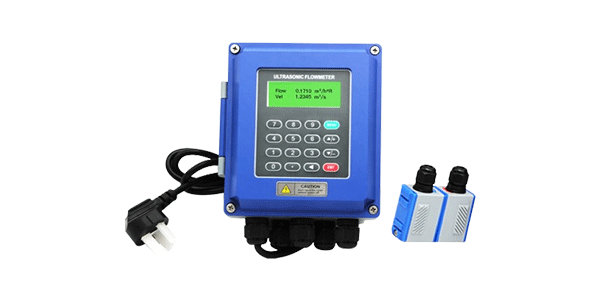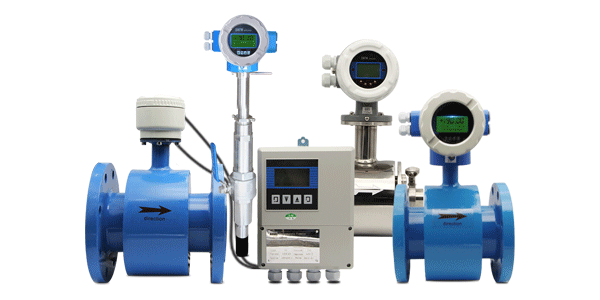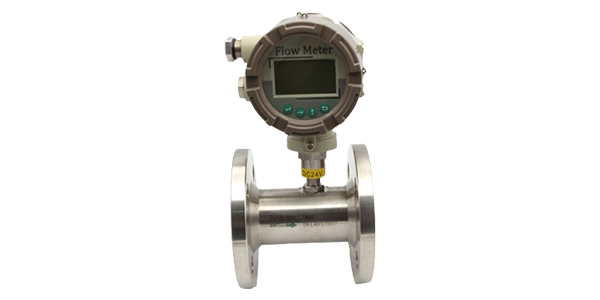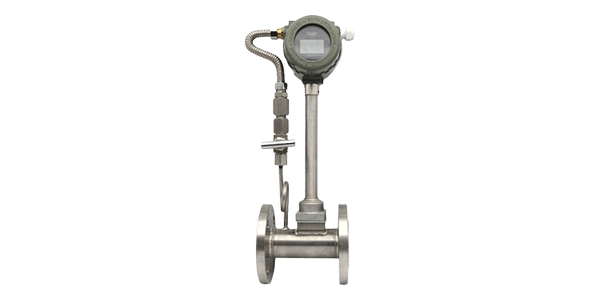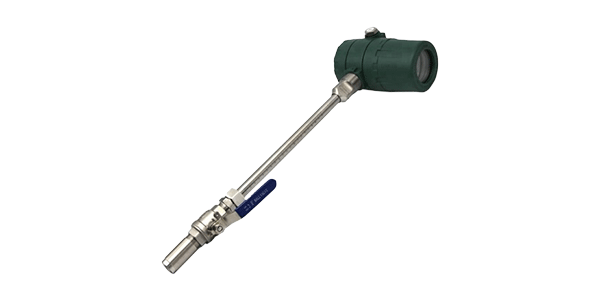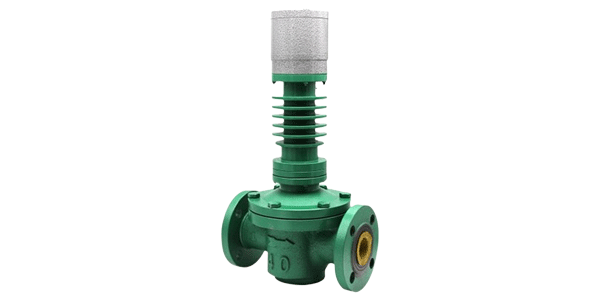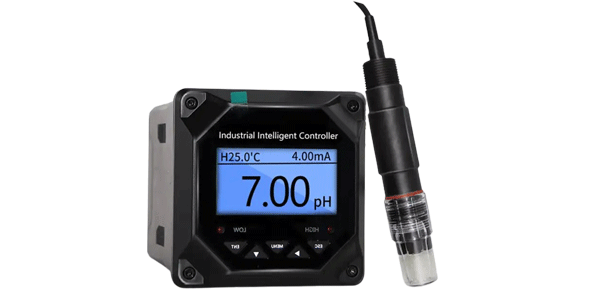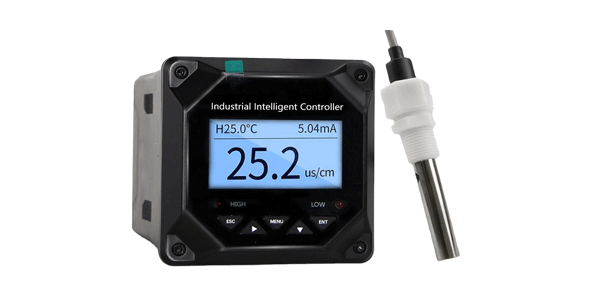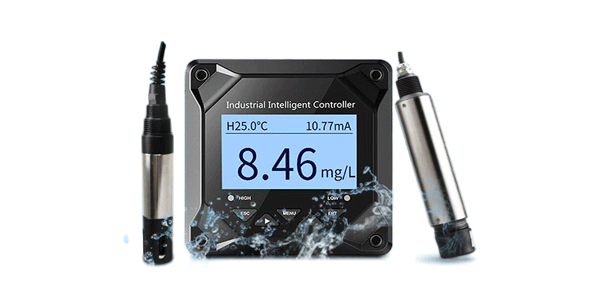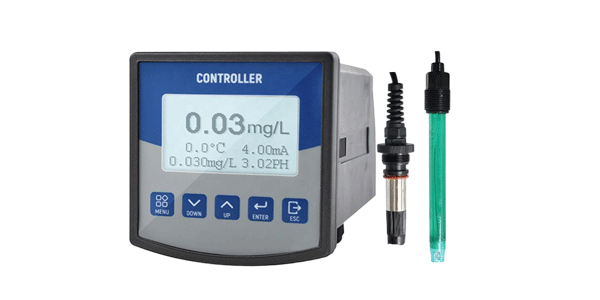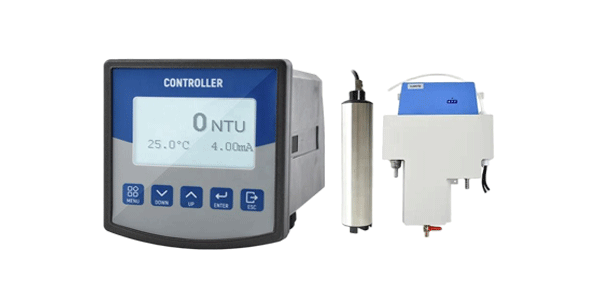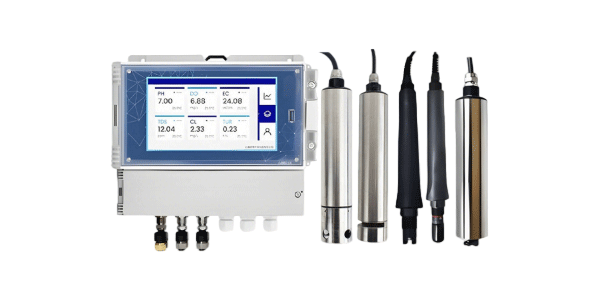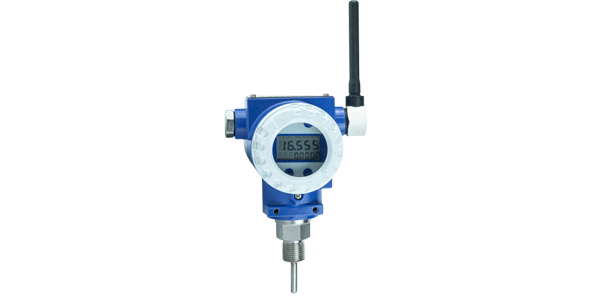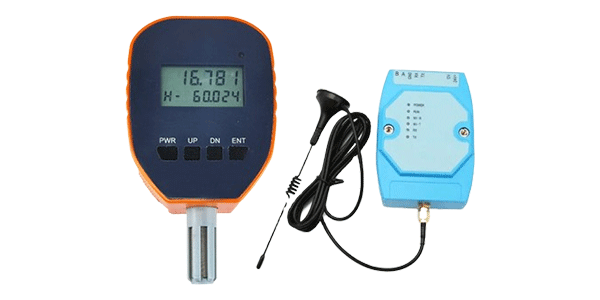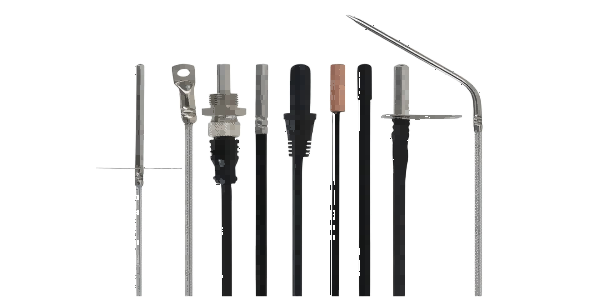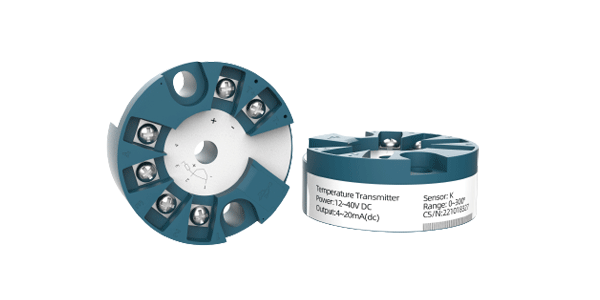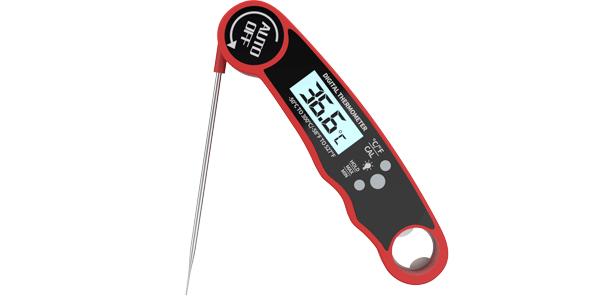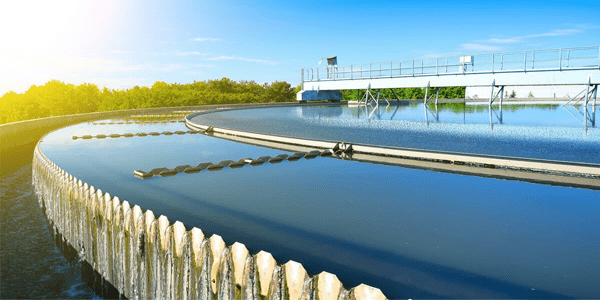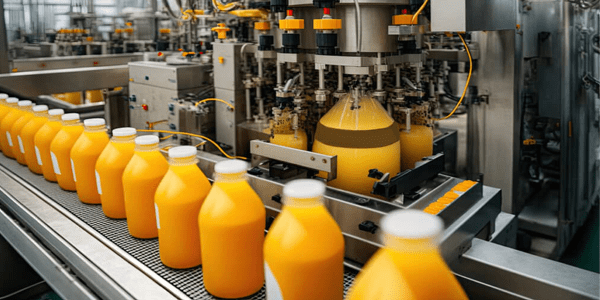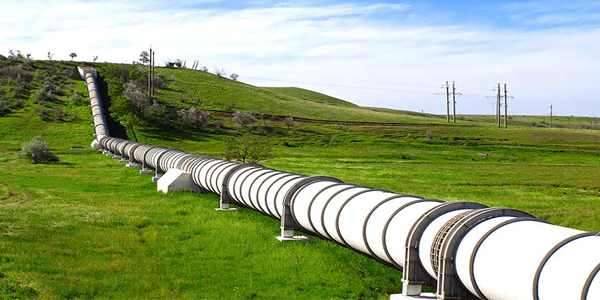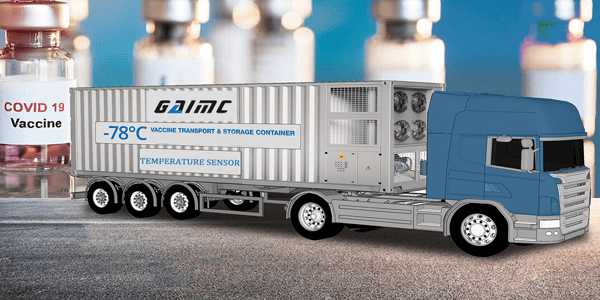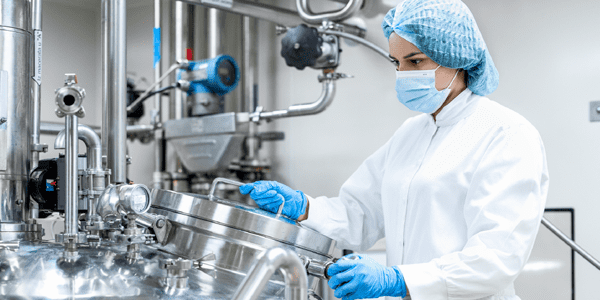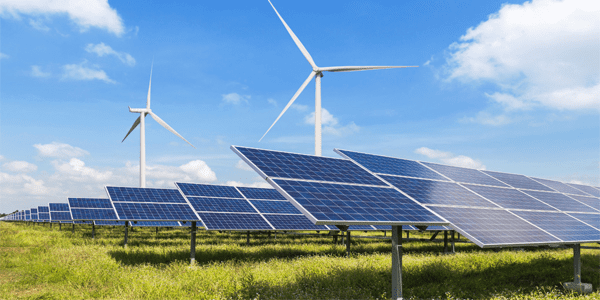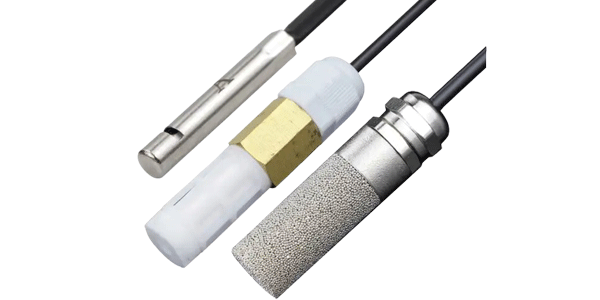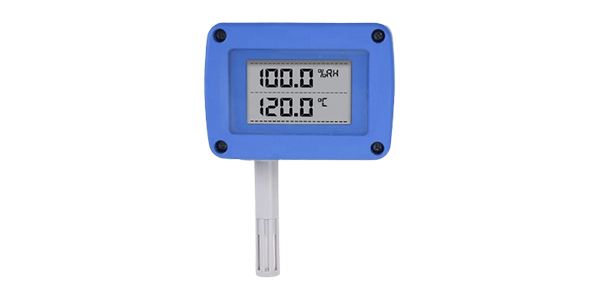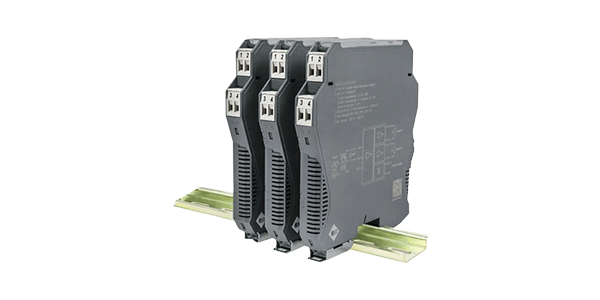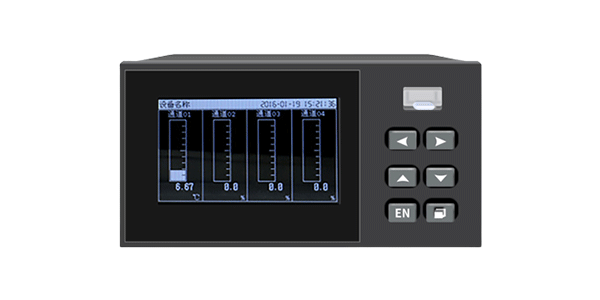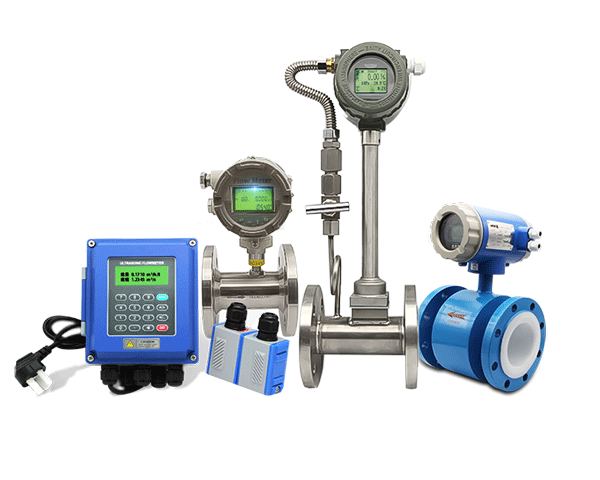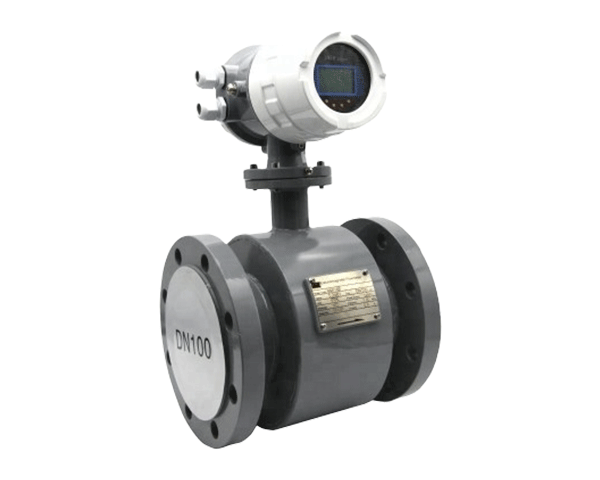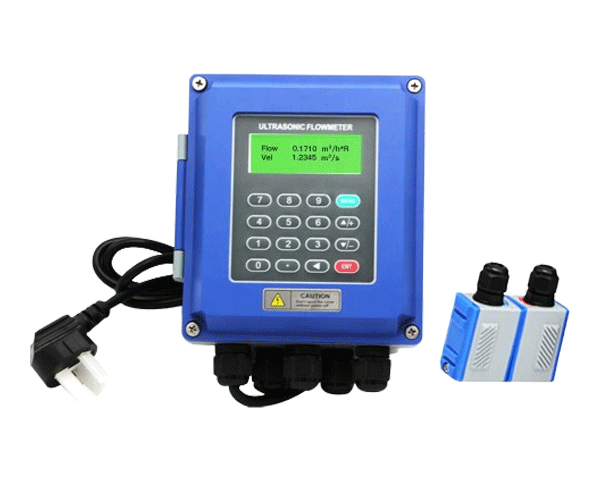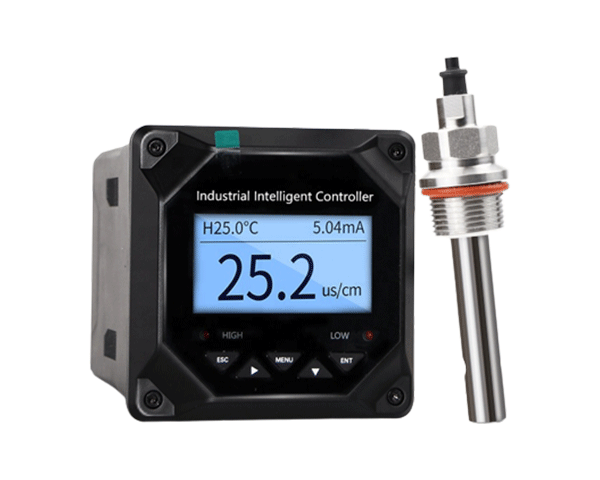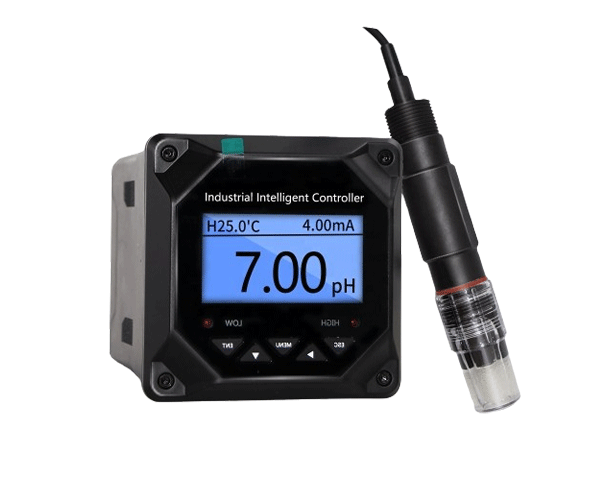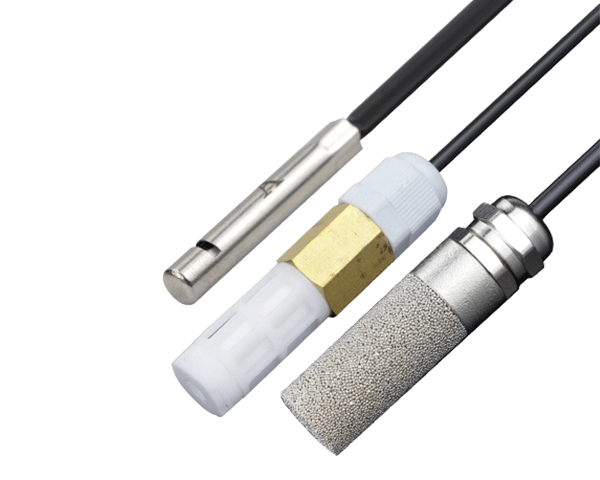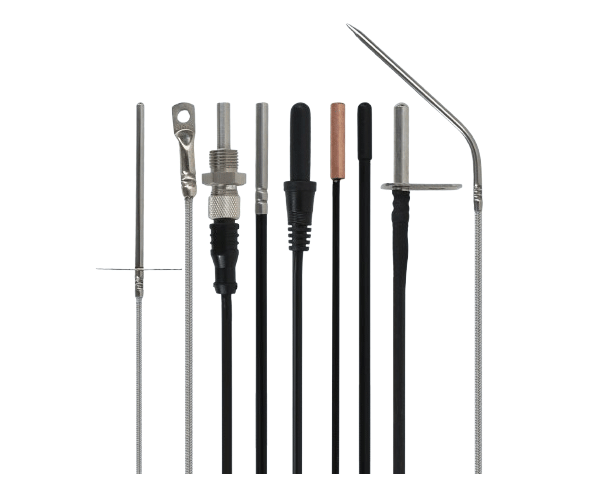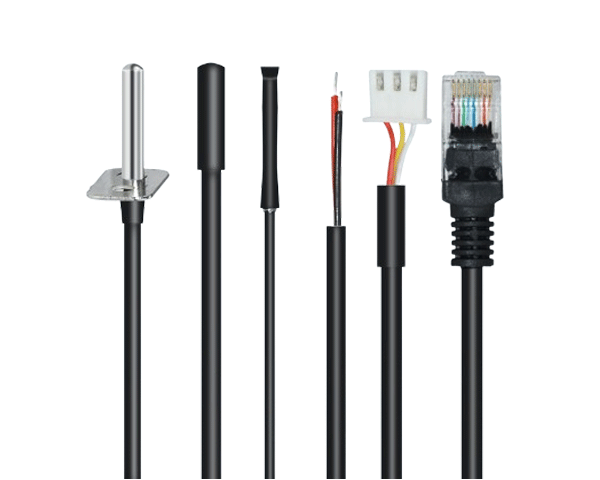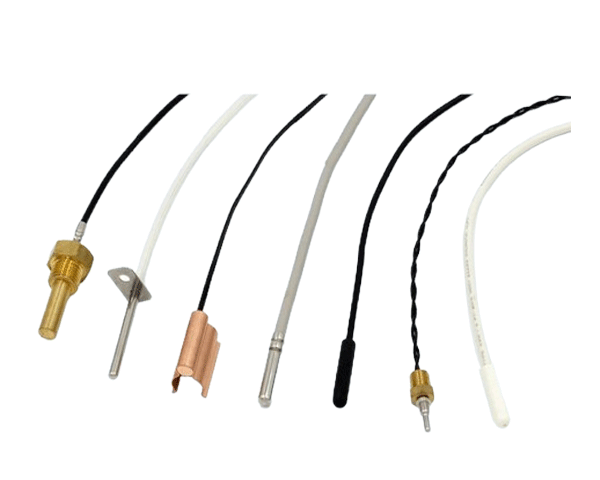Understanding the critical role of pH monitoring in your wastewater treatment operations can significantly impact your compliance, operational costs, and treatment efficiency. In this comprehensive guide, you'll discover why pH measurement is non-negotiable in wastewater management, how it affects biological processes and chemical treatment, and what solutions ensure reliable, accurate monitoring for your facility.
The Fundamental Role of pH in Wastewater Treatment
pH measurement serves as the cornerstone of effective wastewater treatment, influencing everything from microbial activity to chemical precipitation and regulatory compliance. As a treatment plant operator or industrial facility manager, understanding pH dynamics is essential for optimizing your treatment processes and maintaining consistent effluent quality.
Key Applications of pH Monitoring in Wastewater Treatment
Biological Treatment Optimization
Maintain optimal pH ranges (6.5-8.5) to ensure the health and efficiency of microorganisms in activated sludge processes. Deviations outside this range can inhibit bacterial activity, reducing treatment efficiency and potentially causing process failure.
Chemical Precipitation and Coagulation
Control pH levels to maximize the effectiveness of chemical treatments for phosphorus removal and solids settling. Specific pH ranges are required for optimal floc formation and heavy metal precipitation.
Nutrient Removal Efficiency
Monitor and adjust pH to enhance biological nutrient removal processes, particularly for nitrogen elimination through nitrification and denitrification cycles that require precise pH control.
Corrosion Prevention
Protect your infrastructure from corrosive damage by maintaining pH within safe operating ranges, extending equipment lifespan and reducing maintenance costs.
Critical pH Ranges for Different Treatment Processes
|
Treatment Process
|
Optimal pH Range
|
Consequences of Deviation
|
|
Activated Sludge
|
6.5 - 8.5
|
Reduced microbial activity, poor BOD removal
|
|
Phosphorus Removal
|
5.5 - 6.5
|
Inefficient precipitation, compliance issues
|
|
Nitrification
|
7.2 - 8.0
|
Ammonia accumulation in effluent
|
|
Heavy Metal Removal
|
8.0 - 10.0
|
Insufficient precipitation, toxicity concerns
|
|
Anaerobic Digestion
|
6.5 - 7.5
|
Process inhibition, reduced biogas production
|
Common Challenges in Wastewater pH Monitoring
Fouling and Coating Issues
Wastewater contains various substances that can coat pH electrodes, including oils, greases, and biological growth. Regular cleaning and proper sensor selection are crucial for maintaining measurement accuracy.
Chemical Interference
High concentrations of specific ions or chemicals can interfere with pH measurements, requiring specialized electrodes or compensation techniques to ensure reliable readings.
Temperature Variations
Wastewater temperature fluctuations affect pH readings, necessitating automatic temperature compensation (ATC) for accurate measurements across changing conditions.
Maintenance Requirements
Frequent calibration, cleaning, and electrode replacement are essential for reliable pH monitoring in harsh wastewater environments.
GAIMC pH Monitoring Solutions for Wastewater Applications
GAIMC Industrial pH Pro Series
Heavy-duty pH sensors designed specifically for challenging wastewater environments with advanced anti-fouling technology and robust construction.
-
Advanced anti-fouling electrode design
-
Automatic temperature compensation
-
Chemical-resistant construction
-
Easy maintenance and calibration
-
Multiple mounting options
Applications: Aeration basins, equalization tanks, final effluent monitoring
GAIMC Multi-Parameter Wastewater Analyzers
Comprehensive monitoring systems integrating pH measurement with other critical parameters for complete process control.
-
Simultaneous pH, ORP, conductivity measurement
-
Cloud-based data management
-
Automated cleaning systems
-
Remote calibration capabilities
-
Regulatory compliance reporting
Applications: Industrial pretreatment, municipal plants, compliance monitoring
Best Practices for pH Monitoring in Wastewater
Proper Sensor Placement
Install pH sensors in locations with adequate mixing and representative sampling. Avoid dead zones, direct chemical injection points, and areas with potential for air entrapment.
Regular Maintenance Schedule
Establish a preventive maintenance program including regular calibration, cleaning, and electrode inspection to ensure continuous reliable operation.
Data Validation and Quality Control
Implement quality control procedures to validate pH data, including cross-checking with portable meters and laboratory analysis.
Staff Training and Documentation
Ensure operators are properly trained in pH measurement principles, maintenance procedures, and troubleshooting techniques.
Frequently Asked Questions
How often should pH meters be calibrated in wastewater applications?
For critical process control applications, we recommend calibration at least once per week. For compliance monitoring, calibrate before each sampling event. GAIMC systems with advanced diagnostics can alert you when calibration is required based on performance metrics.
What is the typical lifespan of a pH electrode in wastewater treatment?
Under normal wastewater conditions, expect 6-12 months of reliable service. Harsh conditions with high fouling potential or extreme pH ranges may reduce electrode life. GAIMC's reinforced electrodes are designed to extend service life in demanding applications.
Can pH measurements be affected by other water quality parameters?
Yes, parameters like temperature, conductivity, and specific ion concentrations can influence pH readings. GAIMC analyzers incorporate compensation algorithms and specialized electrodes to minimize these interferences.
What maintenance is required for reliable pH monitoring?
Essential maintenance includes regular calibration, proper cleaning using appropriate solutions, electrode storage in recommended solutions, and timely membrane/electrolyte replacement. GAIMC systems feature automated maintenance reminders and guided procedures.
How do I choose between different types of pH electrodes?
Selection depends on your specific wastewater characteristics. General purpose electrodes work for most applications, while specialized designs are available for high-temperature, low-ionicity, or high-fouling applications. GAIMC application specialists can recommend the optimal electrode type for your needs.
Source Information
This technical guide incorporates operational data from GAIMC's wastewater treatment installations, industry best practices from Water Environment Federation (WEF) publications, and regulatory requirements from EPA guidelines. Performance specifications and application recommendations are based on field validation studies conducted in municipal and industrial wastewater treatment facilities. All technical information complies with relevant ISO and ASTM standards for water quality monitoring.
Optimize Your Wastewater Treatment with Professional pH Monitoring
Our wastewater specialists will assess your specific application challenges and recommend the optimal pH monitoring solution for your treatment processes. Get a comprehensive system evaluation and customized implementation plan.
Get pH Monitoring Solution
All consultations include application analysis, product recommendations, and ROI calculation specific to your wastewater treatment requirements.
